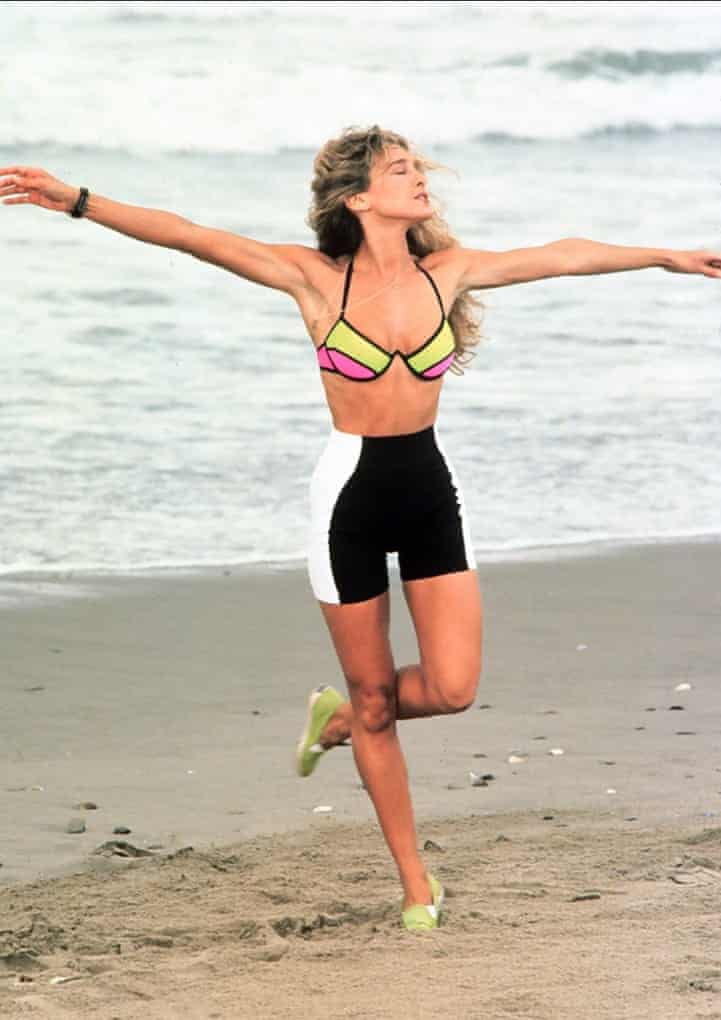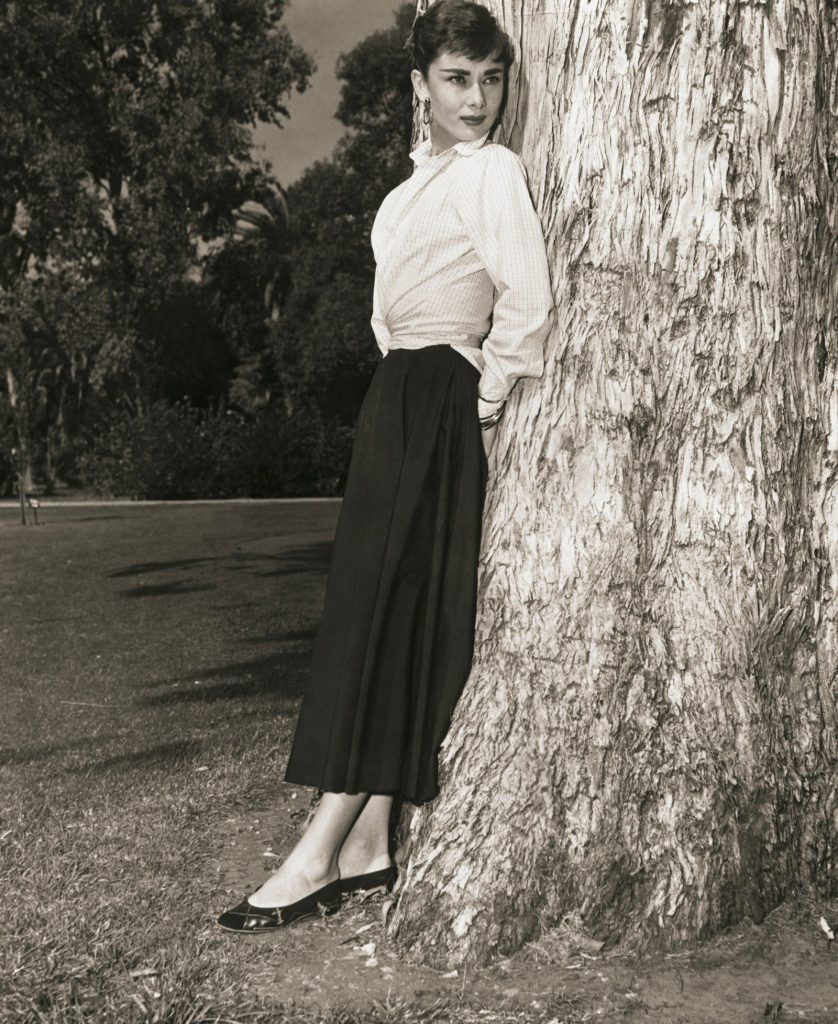In my last post, I mentioned that David had reached out to me and offered his guidance. Of course, I took him up on this generous offer! After some back and forth, he let me know that he could really only see two potential IDs for me based on my physicality: Soft Classic or Soft Gamine. And based on everything he knew about me, he thought that Soft Gamine would be the more likely of the two. Also, I definitely had Double Curve!
(Caveat: David doesn’t type people online. I would still have to see him in person for a 100% confirmation. And the best way to find your ID if you can’t make it to NYC is still to do the exercises in Strictly Kibbe. I’m not saying they didn’t work for me–they did get me to a place where I saw I was much more yin than I had wanted to admit to myself. David just saw that he could help me more directly.)
Once I started rereading the SG section, it made a lot of sense, both why I was a Soft Gamine and why I had yin resistance and wanted to be more yang. Soft Gamine has very yang energy, which is why I was so drawn to yang angularity, despite having a more rounded body and apple cheeks. This quote in the Soft Gamine makeover writeup in the book resonated with me:
Heidi was afflicted with what I’ve come to call the “Soft Gamine syndrome.” How does one integrate an outer physicality that clearly spells adorable, doll-like and bubbly, with an inner spirit that is filled with drive, spunk, energy and ambition?
I can see how I embody these contradictions. Even at 36, I feel like I still appear cute and youthful–but I am also known for having a strong personality and being very driven. I love this scene from The Golden Girls where Betty White flips from sweet and innocent to “don’t mess with me” in no time at all:
Another thing I’ve been thinking about is how when I first came across Kibbe, I believe that Soft Gamine was my first instinct. I do think that if someone just sits and reads the whole book, without looking at anything on Pinterest or asking people on various forums for their opinions or watching YouTube videos, most people will land in the right place. I had lived as myself for long enough to know, in my heart of hearts, that I didn’t really have the straight, more yang body of a Flamboyant Gamine. But the way Soft Gamine was portrayed on the Internet was so girly, so ingenue. It didn’t really feel like it was something I could inhabit and still honor my yang energy.
But I have a better understanding of what Soft Gamine actually can look like now that David is invovled in the community. I am still working on developing my personal Soft Gamine look, and it is a challenge in our current fashion times. It is hard to find clothes with a precise fit that have a lot of design details. I have started putting together a Pinterest board with looks from Soft Gamine celebrities. Right now, this look from Eartha Kitt feels like akin to what I could see my everyday style as being:

I hope that the fact that I decided to revisit my assumed Kibbe Image Identity after eight years will help others give themselves permission to question and explore if where they have placed themselves doesn’t feel right. Here I was, eight years in, the co-founder of what is regarded as the official Kibbe community, helping other people on their journey–and I couldn’t type myself correctly?! I could have seen it as something that would undermine my credibility. But instead, the response has been overwhelmingly positive. It has helped others gain clarity on their own place in the system too.
What do I hope people take away from my experience?
It’s okay to be wrong.
I think every time I have mistyped myself in a system, it’s been what I needed at the time. I experienced it with typing myself as Type 4, and I think it’s the case here as well. I may have just needed that time leaning into my yang side in FG in order to be ready to accept my more yin side. And it doesn’t mean you were clueless about the system you’re working with–it can be easier to see others than to see yourself. True, there were things that David clarified that helped things fall into place for me, and I now am able to use this information to do a better job helping others, but having additional information now doesn’t mean that I wasn’t doing the best I could with the information I had.
Don’t let the sunk-cost fallacy keep you where you know you don’t belong.
Yes, you may have spent time, money, and energy on adapting your wardrobe and your mindset to a certain type. But if you know it’s not the right fit, don’t let those things keep you there and spend more time, money, and energy on the wrong things. You can start fresh. And as I said above, the past wasn’t a waste; it got you where you are today.
What is right may not be comfortable.
I think for a lot of us, there is a kind of contradiction inherent to our relationship to our Kibbe Image ID–it resonates, but it also dredges things up. I don’t really have much of the yin resistance that he outlines in the book, but for me it was more of a lack of attraction towards a more yin aesthetic in general. Yin was uncomfortable because I wasn’t sure how I could incorporate more yin and achieve a style that felt true to my inner self. I am still trying to work this out, and I’m even revisiting my stack in Personality Squared. Does Sporty, Edgy, and Playful still fit? I am finding myself being less attracted to yang than I was, knowing now that I need more yin in my style. It is definitely a work in progress.
And in the end, I could go see David and I could be a Soft Classic after all. But that would be okay too. It would just get me that much closer to where I want to be with the image I create for myself.



